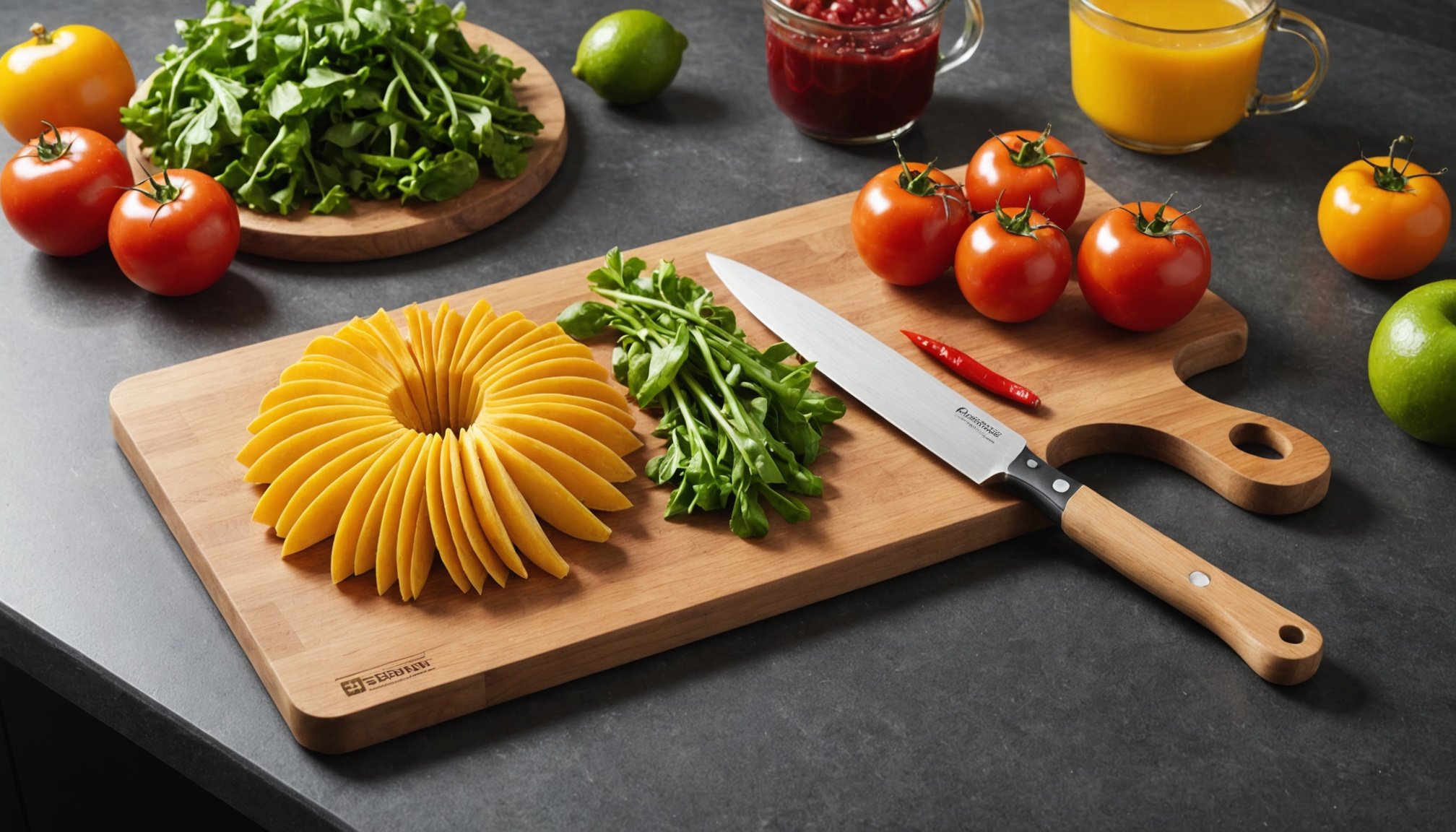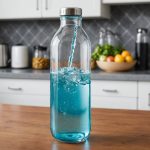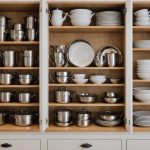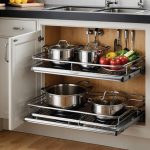The kitchen is the heart of the home, where flavors mingle and meals are created. However, in this gastronomic sanctuary, one of the most significant risks lies in the potential for cross-contamination. This risk is particularly heightened during the preparation of raw food, such as meat and chicken. Choosing the right cutting board is not just a matter of preference; it is essential for ensuring food safety. In this article, we will explore how the proper use of cutting boards can minimize the risk of contamination and promote a safer cooking environment.
Understanding Cross-Contamination
Cross-contamination occurs when harmful bacteria spread from one surface to another, often through direct contact. In the kitchen, this typically happens when juices from raw meat or chicken come into contact with other foods or surfaces. Bacteria such as Salmonella and E. coli can thrive on cutting boards if not properly handled.
In the same genre : The Ultimate Guide to Choosing the Best Ceramic Knife Sharpener for Your Japanese Knives
The two primary materials used for cutting boards are wood and plastic. Each has its own advantages and disadvantages regarding contamination risk. Wooden boards are often praised for their durability and natural antimicrobial properties, while plastic boards are easier to clean and sanitize. Understanding the characteristics of these materials can help you make an informed decision about which one to use in your kitchen.
It is crucial to separate the preparation areas for raw and cooked foods. When you use the same board for various types of food, the risk of transferring harmful pathogens increases. This is why color-coded cutting boards have gained popularity among culinary professionals. By assigning specific colors for different food types—red for meat, green for vegetables, and blue for fish—you can significantly reduce the chances of cross-contamination.
Also read : Maximizing Storage in a Compact Kitchen: Smart Strategies for Optimal Organization
Moreover, proper cleaning techniques play a vital role in preventing bacteria from lingering on your cutting boards. After cutting raw food, always wash your board with hot, soapy water and sanitize it. This simple step can make a world of difference in keeping your kitchen safe.
Choosing the Right Cutting Board Material
Selecting the appropriate material for your cutting board is paramount in preventing cross-contamination. Both wood and plastic have their benefits and drawbacks, making it essential to consider your cooking habits and cleaning routines.
Wooden boards are aesthetically pleasing and can add a touch of elegance to your kitchen. They possess natural antibacterial properties that help reduce the growth of harmful microorganisms. However, wooden boards can be harder to sanitize thoroughly, especially if they have deep grooves from knife cuts where bacteria can hide. To maintain a wooden board, it is essential to regularly oil it and avoid soaking it in water, which can warp the wood.
On the other hand, plastic boards are often favored for their ease of cleaning. They can be washed in a dishwasher, allowing for thorough sanitation. Additionally, plastic boards are usually lighter than wood and are available in various colors, making them ideal for a color-coded system. However, plastic can develop deep scratches over time, which may harbor bacteria if not replaced regularly.
When purchasing a cutting board, look for materials labeled as BPA-free and approved for food contact. Regardless of the type you choose, it is advisable to have multiple boards dedicated to specific food groups. This practice not only prevents cross-contamination but also enhances the efficiency of your cooking process.
Best Practices for Cutting Board Safety
To ensure the highest level of food safety, it is crucial to implement best practices when using your cutting boards. Here are some tips to follow:
-
Use Separate Boards: Designate specific boards for raw meats and other foods like vegetables, fruits, and cooked items. By segregating food types, you greatly reduce the risk of transferring harmful bacteria.
-
Color-Coding: As previously mentioned, employing a color-coded system can help streamline your food preparation process. Assign different colors for various food categories, making it easier to remember which board to use.
-
Regularly Inspect Your Boards: Checking for signs of wear and tear is essential. If your board has deep cuts that are hard to clean, consider replacing it. This proactive approach can prevent bacteria from harboring in hidden crevices.
-
Thorough Cleaning: After each use, wash your board with hot, soapy water, followed by a thorough rinse. Consider using a diluted vinegar or bleach solution for sanitizing, especially after preparing raw food.
-
Store Properly: Ensure that your boards dry completely before storing them. This practice helps prevent mold growth and protects the integrity of the board material.
By adhering to these best practices, you can significantly enhance the safety of your kitchen environment. Remember, a little diligence can go a long way in preventing foodborne illnesses.
Maintaining Your Cutting Boards
Proper maintenance of your cutting boards is essential for longevity and food safety. Whether you opt for wood or plastic, each material requires specific care to remain in optimal condition.
For wooden boards, regular oiling is crucial. Use food-grade mineral oil to keep the wood hydrated and prevent it from cracking. Applying oil every few weeks will also help maintain its antibacterial properties. Avoid soaking wooden boards in water or placing them in the dishwasher, as these practices can warp or damage the material.
Plastic boards, while easier to clean, also require attention. After each use, wash them with hot, soapy water and sanitize them as needed. You can place them in the dishwasher for a thorough clean. However, if you notice significant scratches or wear, it may be time to replace them, as deep cuts can harbor bacteria.
In addition to regular cleaning, consider the storage of your boards. Store them in a dry place to avoid moisture buildup, which can lead to mold growth. Avoid stacking them in a way that traps moisture, as this can accelerate deterioration.
Ultimately, the key to proper maintenance lies in being proactive. By taking the time to care for your cutting boards, you not only enhance their lifespan but also ensure a safer cooking environment.
In conclusion, the right cutting board plays a critical role in preventing cross-contamination in the kitchen. Understanding the risks associated with improper food handling and choosing the appropriate materials can significantly enhance your cooking safety. Remember to implement best practices, such as using separate boards and maintaining them properly. By doing so, you can enjoy the art of cooking while safeguarding the health of your family and guests. In the world of culinary delights, a small effort in food safety can lead to substantial rewards.











